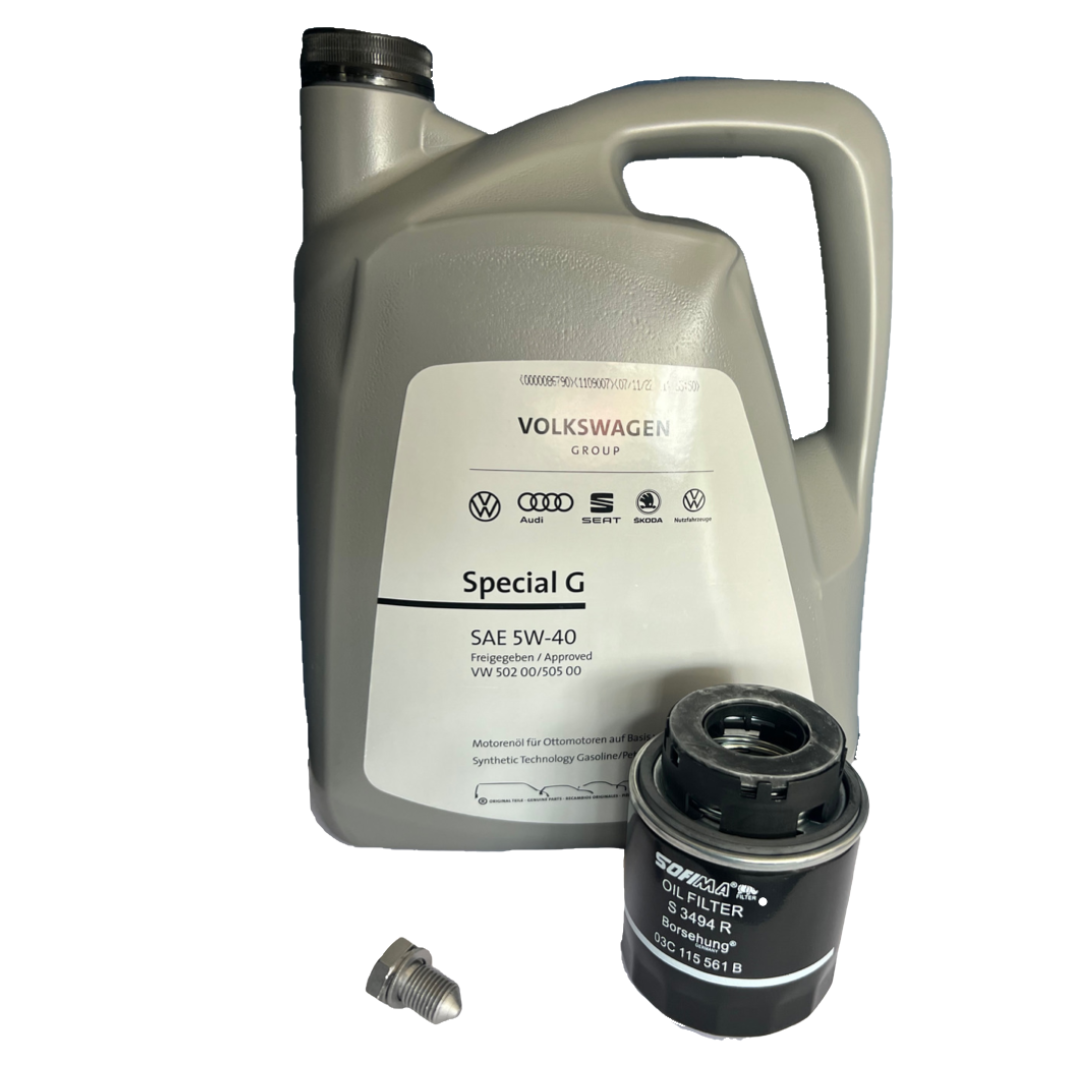Keep smooth operations with a properly serviced clp engine.
Keep smooth operations with a properly serviced clp engine.
Blog Article
How a Clp Engine Can Enhance Efficiency in Numerous Industries
The arrival of CLP engines notes a substantial shift in operational efficiency across various sectors, driven by their capability to optimize fuel consumption and decrease downtime. As organizations significantly focus on sustainability together with performance, the duty of CLP engines comes to be also a lot more critical.
Introduction of CLP Engines
CLP engines, or Constant Fluid Propellant engines, stand for a significant improvement in propulsion technology, particularly for space applications. These engines utilize a constant feed system that allows for the continual expulsion of propellant, bring about boosted efficiency and efficiency contrasted to conventional strong or hybrid propulsion systems. By keeping a consistent circulation of liquid propellant, CLP engines can attain much more exact thrust control, which is important for maneuvering spacecraft in different goal scenarios.
The layout of CLP engines integrates sophisticated products and ingenious fuel management systems. clp engine. This results in decreased weight and enhanced reliability, important aspects for long-duration area goals. In addition, the continuous operation decreases the threat of combustion instability, an usual obstacle in standard rocket engines.

Advantages in Production
The production of Continual Fluid Propellant (CLP) engines provides a number of noteworthy benefits that enhance both performance and cost-effectiveness. Among the key benefits is the structured production process, which lowers the complexity related to traditional propulsion systems. By making use of liquid propellant, manufacturers can attain higher accuracy in engine performance, bring about optimized energy outcome and minimized waste.
Additionally, CLP engines help with a higher level of modularity, enabling for easier integration into different manufacturing lines. This versatility can significantly reduce preparations and improve general operational adaptability. Using CLP innovation likewise often tends to minimize the need for substantial maintenance as a result of less moving components, which converts right into minimized downtime and operational expenses.

Applications in Logistics
Leveraging Constant Fluid Propellant (CLP) engines in logistics offers considerable advantages in operational effectiveness and integrity. These engines offer a durable service for various transportation requirements, making it possible for the smooth movement of products across huge ranges. The intrinsic style of CLP engines permits constant power outcome, which equates into smoother and a lot more predictable transportation routines.
One of the essential applications of CLP engines in logistics remains in heavy-duty products transport, where they can drive both ground and aerial cars. Their capacity to preserve high efficiency under varying lots conditions makes certain that distribution check timelines are met, therefore improving client complete satisfaction. Furthermore, CLP engines can be integrated into automated logistics systems, facilitating real-time monitoring and enhancing course planning.
Moreover, the durability of CLP engines reduces maintenance downtime, allowing logistics companies to maximize their operational capacities. This is especially beneficial in warehousing operations, where effectiveness in handling and transporting products is vital. As logistics remains to develop, the assimilation of CLP engines stands for a forward-thinking approach that not just boosts efficiency but likewise sustains the market's growing demands for integrity and rate.
Influence On Power Effectiveness
How do Continual Fluid Propellant (CLP) engines boost energy performance in transport? CLP engines make use of a regular flow of liquid gas, maximizing combustion processes and keeping a steady drive outcome. This style lessens power losses related to traditional burning engines, where fuel shipment can differ and lead to inefficiencies.
The continuous procedure of CLP engines enables for a more effective thermal cycle, resulting in higher particular impulse compared to standard engines. clp engine. This translates to decreased gas intake for the very same quantity of job done, substantially reducing operational prices throughout various transportation markets, including aviation and maritime sectors
Moreover, the capacity of CLP engines to maintain ideal efficiency under varying lots conditions decreases the requirement for frequent velocity and slowdown, even more enhancing fuel effectiveness. Boosted energy performance not only contributes to set you back financial savings yet additionally brings about lower greenhouse gas discharges, straightening with global sustainability goals.
Future Trends and Innovations
Arising improvements in Continuous Liquid Propellant (CLP) engine innovation promise to revolutionize the go to my site landscape of transportation efficiency and sustainability. As markets pivot toward greener choices, CLP engines stand at the leading edge, integrating cutting-edge materials and style techniques that improve performance while decreasing environmental influence.
One of one of the most encouraging fads is the fostering of crossbreed systems that integrate CLP engines with renewable energy sources. This synergy can enhance fuel intake and decrease emissions, aligning with worldwide sustainability goals. In addition, developments in computational fluid dynamics (CFD) are helping with the style of more aerodynamically reliable engines, bring about minimized drag and improved fuel efficiency.
Additionally, the advancement of smart surveillance systems is set to improve operational effectiveness. These systems take advantage of information analytics and IoT modern technology to enhance engine efficiency in real-time, making sure that the engines run within their most efficient criteria.
As study continues to explore alternate propellant formulations-- such as biofuels and artificial fuels-- the future click to read of CLP engines looks encouraging. By harnessing these innovations, sectors can not only boost their efficiency but also contribute significantly to a cleaner, more lasting future in transport.
Verdict
In verdict, CLP engines represent a considerable development in performance across multiple markets. The integration of advanced materials and fewer relocating parts decreases maintenance demands, while positioning with sustainability objectives placements CLP engines as a critical innovation for the future.
Report this page